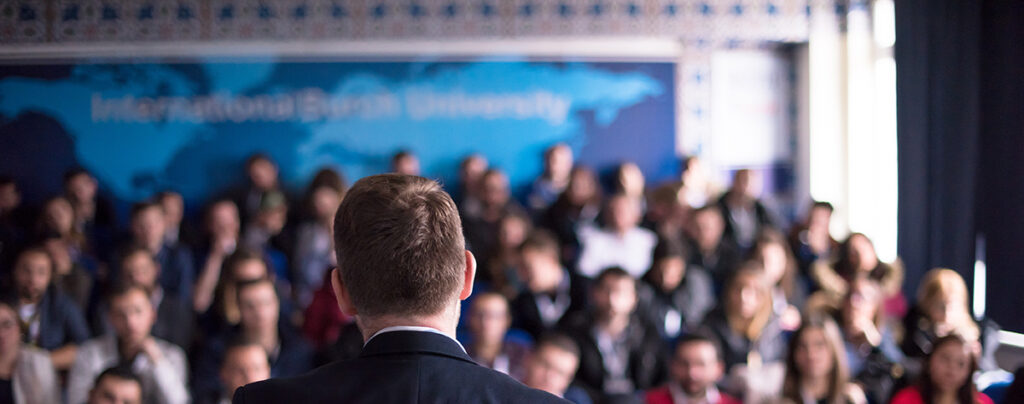
The inaugural Lewy Body UK meeting brought together clinicians and researchers in the field of Lewy Body Disease across the UK. The inaugural meeting was appropriately held in Newcastle, whose university has a long and prolific history in Lewy Body research and brings together substantial clinical and research expertise. Although chilly, there was sunshine, interesting talks and plenty of time to exchange ideas over coffee; well worth the train ride north!
The meeting itself covered aspects of Lewy Body Disease from bench to bedside, from national and international experts. After a welcome by Dr John-Paul Taylor from Newcastle University, which set the scene to the day, followed a session on Discovery and bioscience, chaired by Dr Rimona Weil, University College London. Dr Daniel Erskine, Newcastle University gave a comprehensive overview of the pathology of Lewy Body Disease, focusing on the role of different alpha synuclein strains in the pathogenesis of the disease. Dr Allison Yarnall, Newcastle University, followed with a talk on autonomic symptoms in Lewy Body Disease; she walked us through the mechanisms and most importantly the investigations and clinical management of these challenging and often unappreciated symptoms.
Next there was a session on Visual hallucinations, chaired by Dr Claire O’Callaghan, University of Cambridge. Dr Dominic Ffytche, Kings College London, covered the recent models of hallucinations and highlighted the importance of detailed phenomenology of hallucinations in research studies. He then reported results from the SHAPED study showing differences in the prevalence of misperceptions and illusions compared to that of complex visual hallucinations across different dementias and eye disorders. Next, Dr James Shine, University of Sydney, gave a riveting talk on the neuroimaging of visual hallucinations. He discussed how attention governs cognition and evidence from recent research that disruption of attentional networks occurs in patients with Lewy Body Disease who experience visual hallucinations. Finally, Dr Daniel Collerton, Newcastle University, walked us through a predictive coding model of visual perception and discussed different theoretical models of visual hallucinations.
After exciting discussion with colleagues across the UK during lunch, we returned for the last session of the day on Diagnosis and Treatment, chaired by Professor Ian McKeith, Newcastle University. Professor Alan Thomas, Newcastle University gave us a valuable update on the diagnostic criteria for the disease and the DIAMOND assessment toolkits; these will soon become publicly available and will be undoubtably a most useful clinical resource in assessing and managing patients with Lewy Body Disease. Next, Riona McArdle, Newcastle University, presented the results of her research into gait changes in early Lewy Body Disease and how wearable technology and gait assessment could aid earlier diagnosis of these patients. In the last talk of the day, Professor John O’Brien, University of Cambridge, gave an overview of the regional variation in identification and management of patients with Lewy Body Disease presented the results of the recent Diamond-Lewy study, soon to be published.
Overall, Lewy Body UK 2019 was an amazing meeting with a wealth of scientific and clinical presentations covering the whole breadth of Lewy Body Disease as well as ample networking opportunities. A great first meeting that definitely has set the bar high for future events. The next Lewy Body UK meeting will be held in University College London, 12th June 2020; I am definitely looking forward to it!
